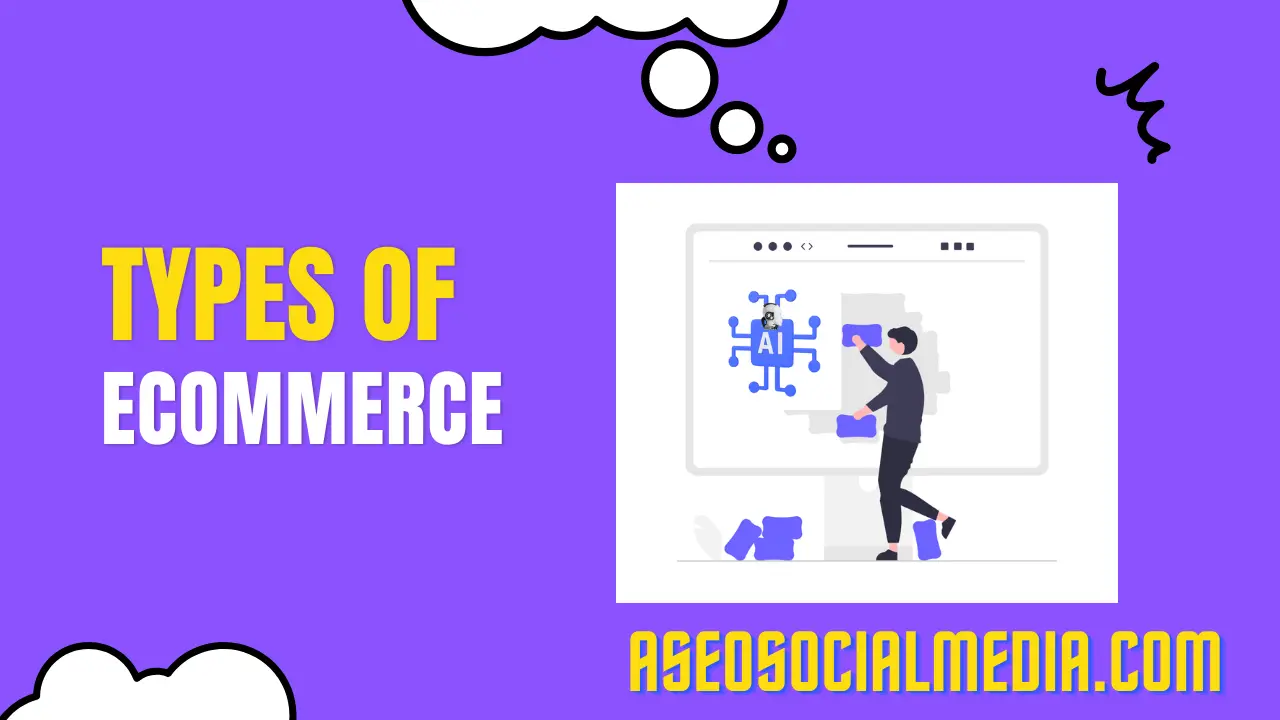Introduction
In the digital age, ecommerce has transformed the way we shop, do business, and even live our lives. But did you know that ecommerce isn’t a one-size-fits-all concept? There are various types of ecommerce businesses, each with its own unique characteristics and advantages. In this article, we’ll take a deep dive into the diverse world of ecommerce, from B2C to niche stores, and discover which type might be the perfect fit for your entrepreneurial journey.
1. Business-to-Consumer (B2C) Ecommerce
B2C ecommerce is perhaps the most well-known type. It involves businesses selling products or services directly to individual consumers. Think of your favorite online clothing store, electronics retailer, or the local coffee shop that offers online orders and deliveries.
2. Business-to-Business (B2B) Ecommerce
On the flip side, B2B ecommerce focuses on transactions between businesses. Manufacturers, wholesalers, and suppliers often engage in B2B transactions. These deals may involve bulk orders, supply chains, and collaboration on a larger scale.
3. Consumer-to-Consumer (C2C) Ecommerce
C2C platforms allow individuals to sell products or services to other individuals. Websites like eBay and Craigslist are perfect examples. It’s a digital marketplace where regular people can become sellers, making it accessible and diverse.
4. Consumer-to-Business (C2B) Ecommerce
C2B is an interesting model where individuals offer their products or services to businesses. Freelancers, influencers, and consultants often fall into this category. They leverage their skills and expertise to provide value to companies.
5. Dropshipping
Dropshipping is a hot trend in ecommerce. It involves selling products to customers without holding any inventory. Instead, retailers partner with suppliers who handle the product storage and shipping. This minimizes upfront costs and risks.
6. Subscription-Based Ecommerce
Subscription-based ecommerce offers products or services on a recurring basis. Think of subscription boxes that deliver new goodies every month or streaming services like Netflix. It provides a steady income stream.
7. Niche Ecommerce
Niche ecommerce stores cater to a specific audience or product category. For example, stores that exclusively sell eco-friendly products or gourmet pet food. Niche stores can thrive by serving a passionate customer base.
8. Brick-and-Click Ecommerce
Brick-and-click combines traditional brick-and-mortar stores with online presence. Many retailers have adopted this model to reach a wider audience. Customers can shop online or visit physical stores, providing flexibility.
9. Social Commerce
Social media platforms like Instagram and Facebook have integrated shopping features. Users can buy products directly through these platforms, blurring the lines between social interaction and shopping.
10. Mobile Commerce (M-commerce)
M-commerce involves buying and selling through mobile devices, such as smartphones and tablets. Mobile-optimized websites and apps have made it easy for consumers to shop on the go.
Conclusion
Ecommerce is a dynamic and ever-evolving field with various types to explore. The right type for you depends on your goals, target audience, and the products or services you offer. Whether you’re a consumer looking for convenience or an entrepreneur seeking the perfect business model, the world of ecommerce has something to offer.
FAQs
1. What is the most common type of ecommerce?
Business-to-Consumer (B2C) ecommerce is the most common type, involving businesses selling directly to individual consumers.
2. Are there opportunities for individuals in ecommerce?
Absolutely! Consumer-to-Consumer (C2C) and Consumer-to-Business (C2B) models allow individuals to participate in ecommerce.
3. What are the benefits of dropshipping in ecommerce?
Dropshipping minimizes upfront costs and inventory management, making it an attractive option for many entrepreneurs.
4. How can I choose the right niche for my ecommerce store?
Research your interests, market demand, and competition to find a niche that suits your expertise and passion.
5. What’s the future of ecommerce?
The future of ecommerce is likely to involve more innovative technologies, improved customer experiences, and increased personalization.
